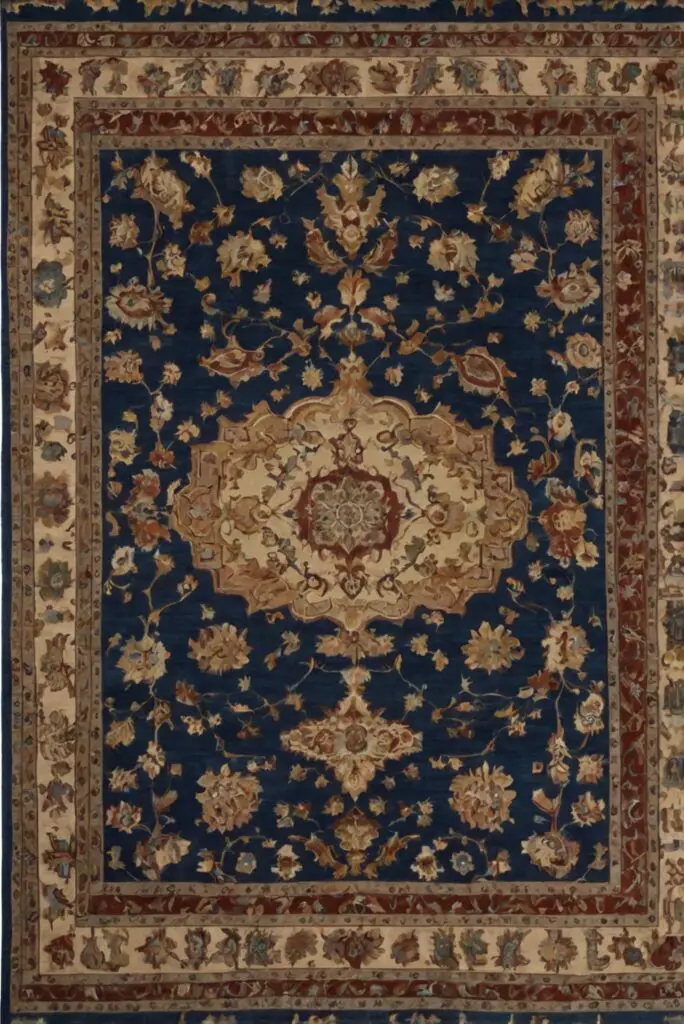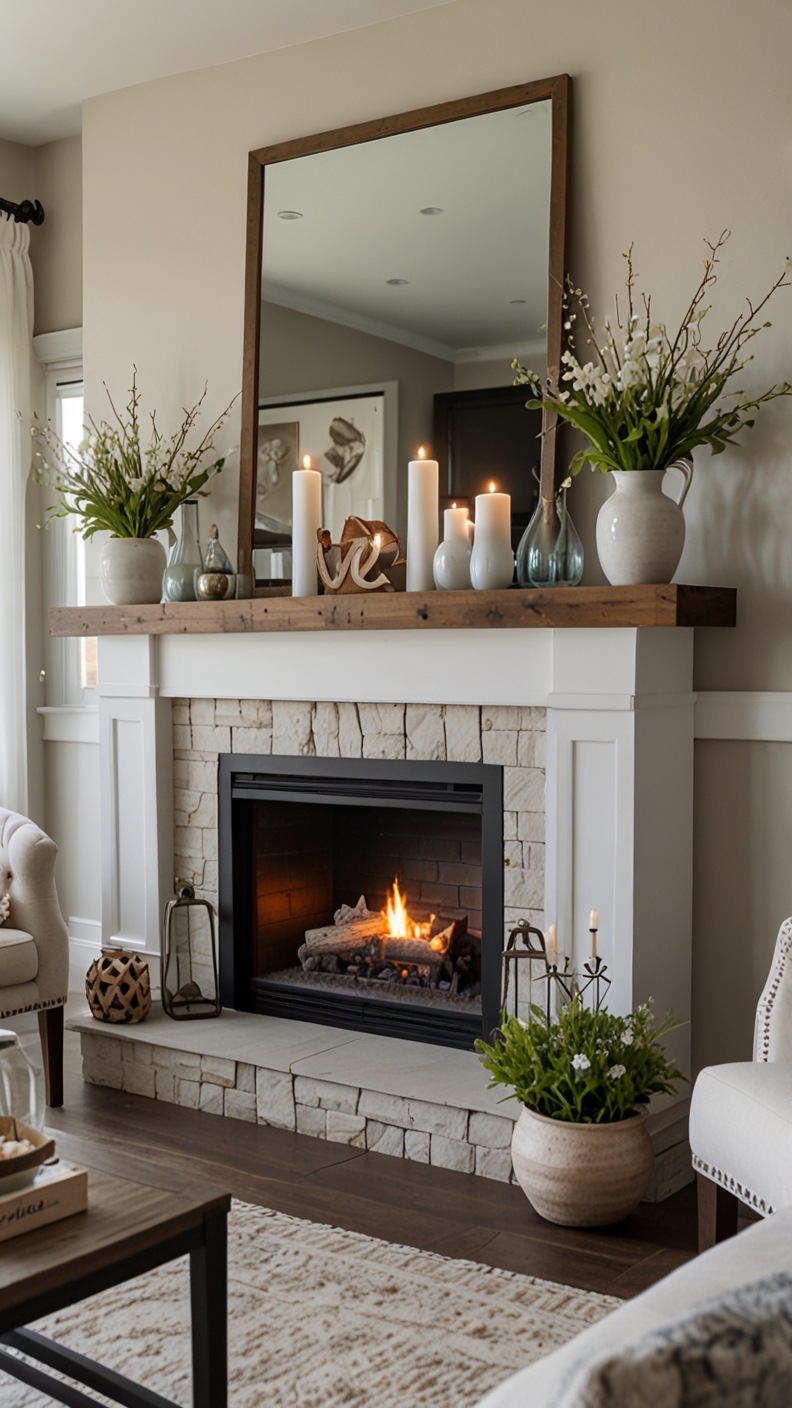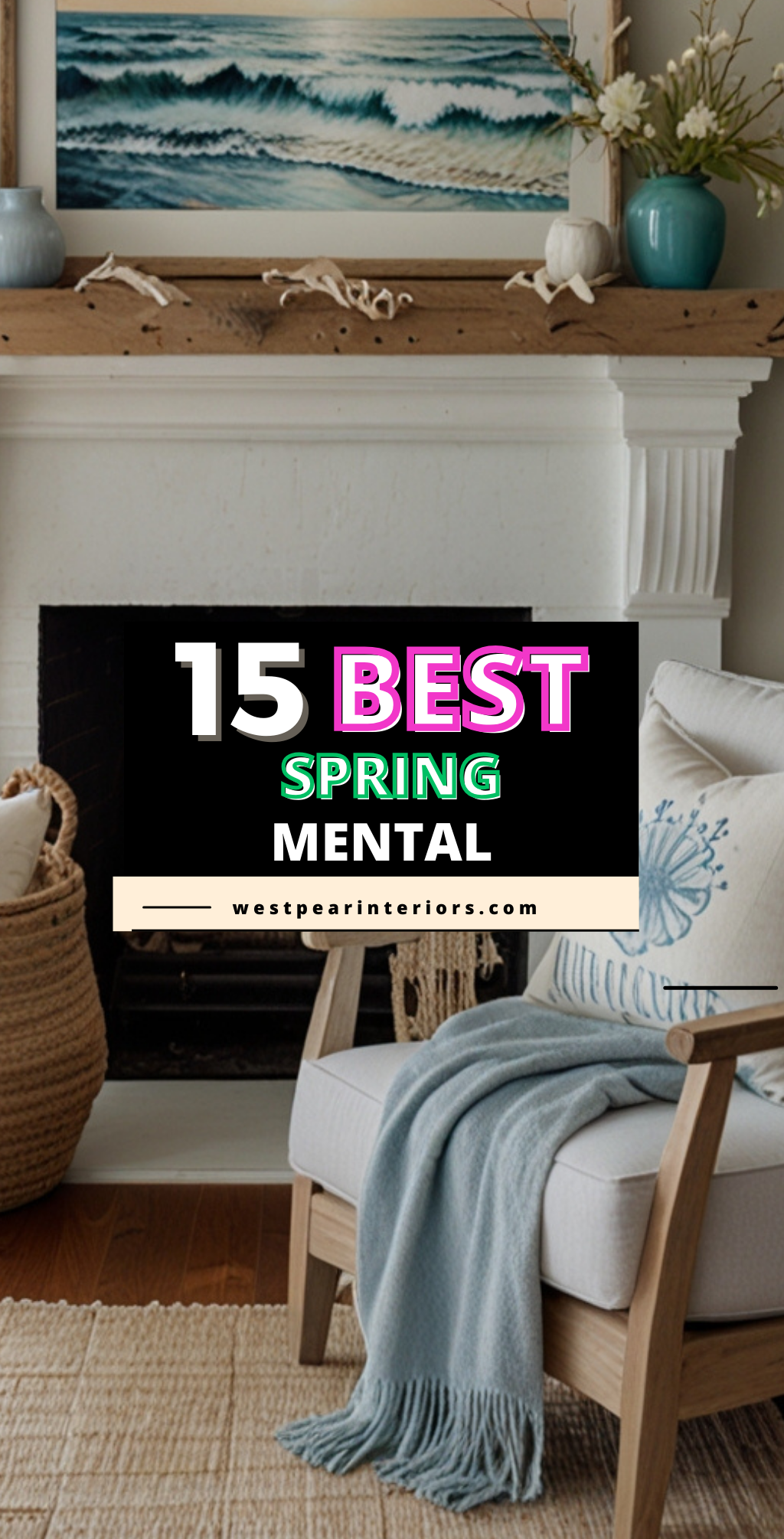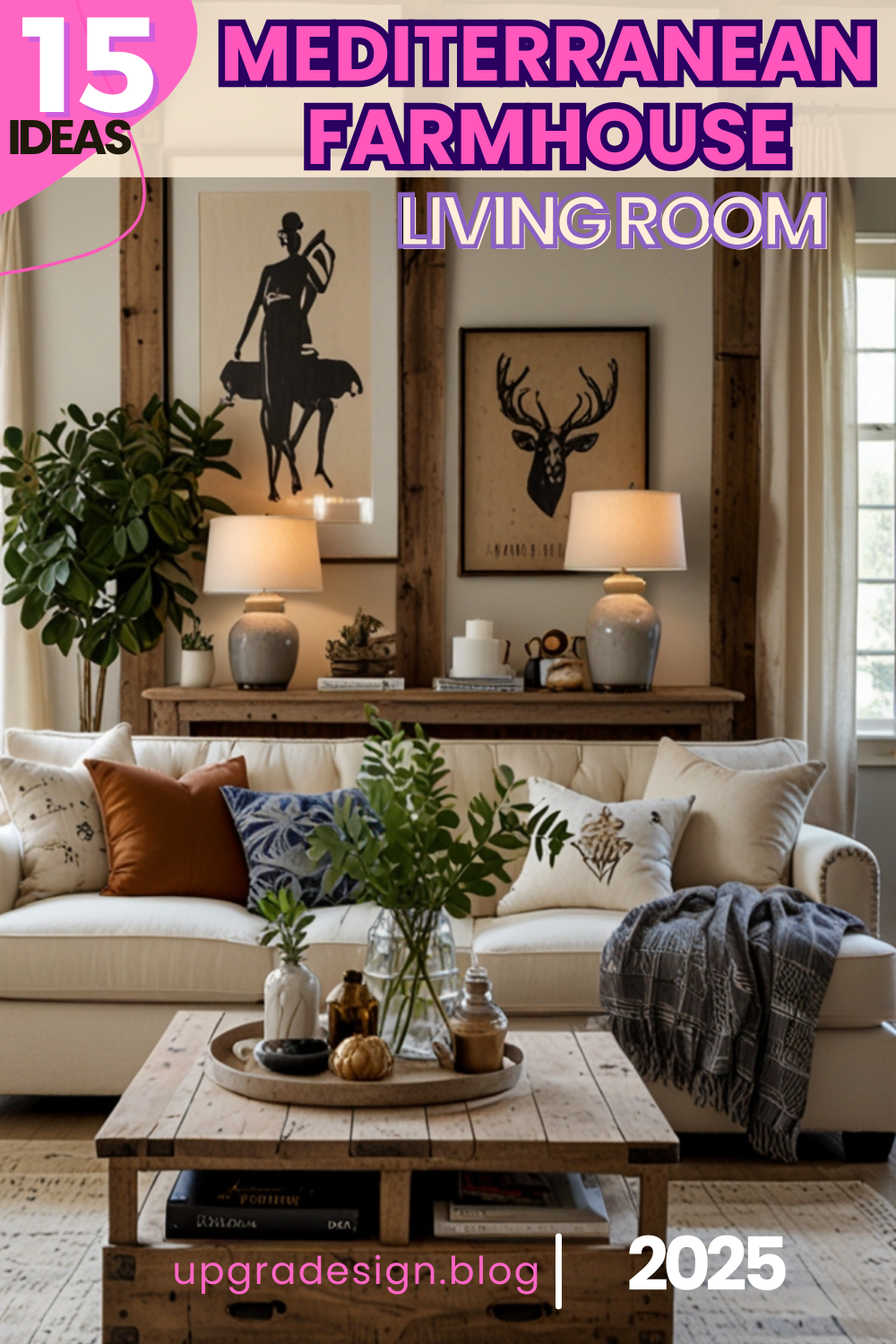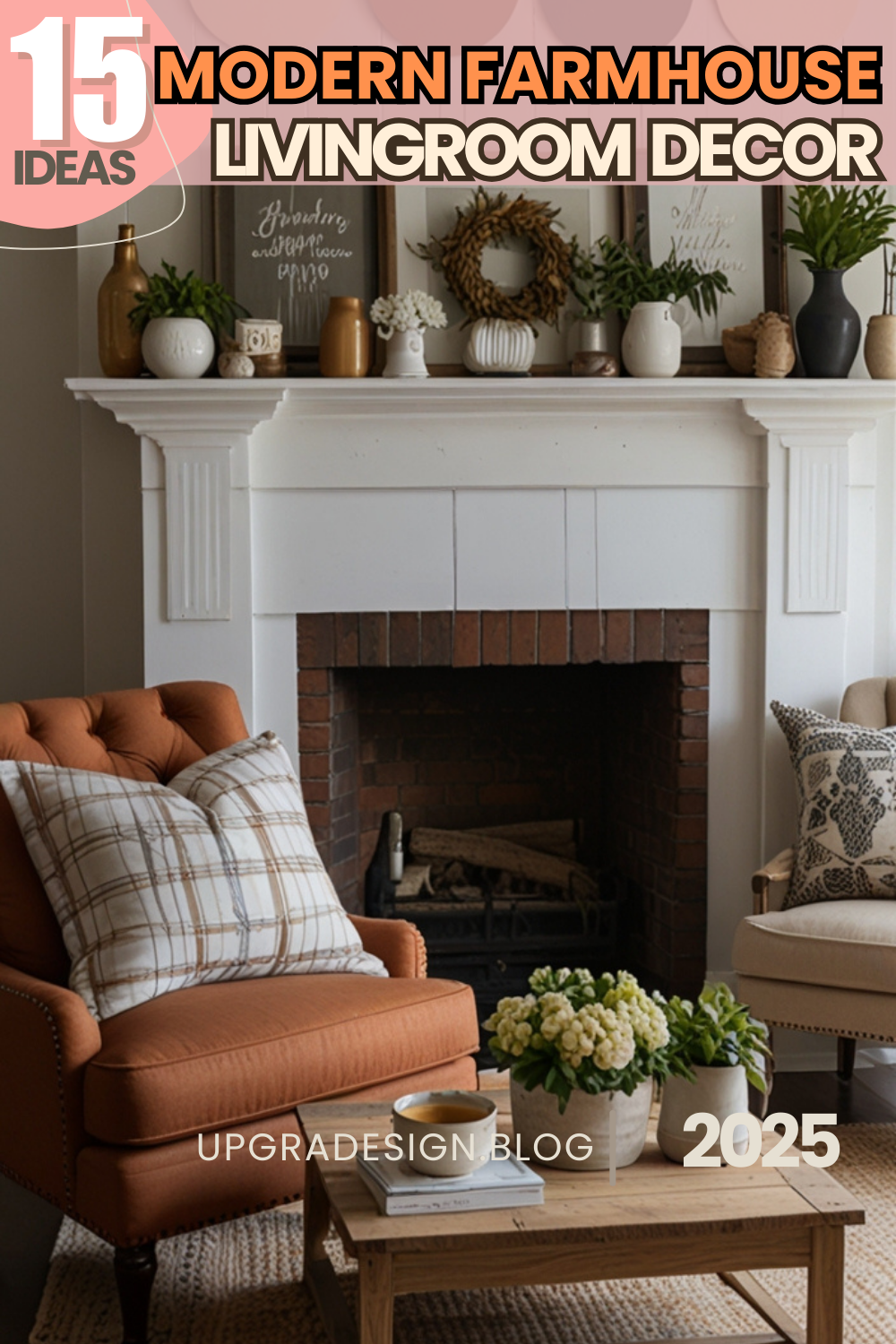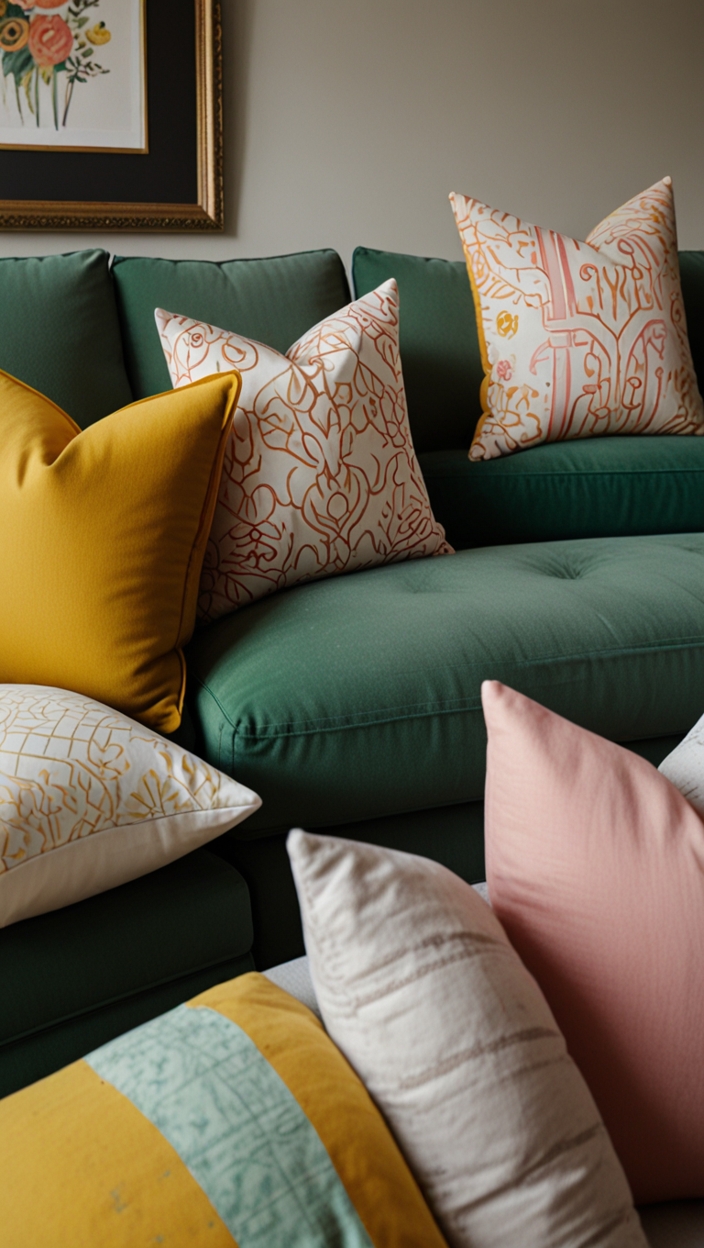Explore the top rug styles to elevate your basement living room decor. Discover the best designs to enhance the space and create a cozy ambiance.
What Are the Best Rug Styles for a Basement Living Room?
Best Rug Styles for a Basement Living Room:
– When decorating a basement living room, it is important to choose rug styles that can withstand moisture and potential mold growth.
– Opt for indoor-outdoor rugs made from synthetic materials, as they are more resistant to moisture and easier to clean.
– Consider adding a rug pad underneath your rug to help with insulation and to prevent moisture seeping through.
– In terms of design, choose rugs that complement the overall theme of your basement living room while being practical for the space.
– Be sure to regularly clean and maintain your rugs to prevent any mold or mildew buildup.
These steps will not only help you create a cozy and stylish basement living room but also ensure that it is a healthy and safe space for you and your pet.
Benefits of Using Area Rugs in a Basement Living Room:
My Lovely Spring Paint for 2025
Ready for a Spring Makeover? Explore the Freshest 2025 Paint Trends!
White Sage/Green SW Pistachio green Soft blue Honeysweet/Orange Pink Sugar Sage Tint BMAs an Amazon Associate, I may earn a commission from qualifying purchases at no extra cost to you.
Using area rugs in a basement living room can offer several advantages. Firstly, they can help to define different zones or sections within the room, creating a more cohesive and organized space. Rugs also add warmth and comfort underfoot, making the room more inviting and cozy. Additionally, area rugs can help to dampen sound and improve acoustics in the basement, which is particularly beneficial in a space with hard surfaces that can create echoes.
Shag Rugs in a Basement Living Room:
While shag rugs can add a cozy and luxurious feel to a basement living room, there are some considerations to keep in mind. Shag rugs tend to be thicker and have longer fibers, which can trap dust and moisture more easily. In a basement environment that is prone to dampness, a shag rug may not be the most practical choice as it can be harder to clean and maintain. Opting for a low-pile rug or a rug made of moisture-resistant materials may be a better choice for a basement living room.
Rug Materials Best Suited for a Basement Living Room:
When selecting a rug for a basement living room, it’s essential to choose materials that are resistant to moisture and mold growth. Synthetic materials such as polypropylene or nylon are good options as they are durable, easy to clean, and less prone to mold and mildew. These materials are also more budget-friendly compared to natural fibers like wool, making them a practical choice for a basement space.
Preventing Mold and Mildew Under a Rug:
My fAV Spring DECOR for 2025
Discover Spring’s Best 2025 Decor Combinations – Perfect for Any Room!
Oversized Indoor Plants White Curved Sofas Rugs BOH Brown Cream Moroccan Hype Boho Rug Outdoor Patio Furniture Sets Topfinel Pillow CoversAs an Amazon Associate, I may earn a commission from qualifying purchases at no extra cost to you.
To prevent mold and mildew growth under a rug in a basement living room, it’s crucial to maintain good ventilation and humidity control in the space. Ensure that the basement is properly insulated and that any water leaks or seepage issues are addressed promptly. It’s also recommended to use a moisture barrier or rug pad underneath the rug to prevent moisture from seeping through to the floor.
Choosing Rug Colors in a Basement Living Room:
When selecting rug colors for a basement living room, consider the natural lighting in the space. Basements typically have limited natural light, so opting for lighter-colored rugs can help brighten up the room and make it feel more spacious. Light neutrals, pastels, or warm tones can work well in a basement setting and create a more welcoming atmosphere.
Cleaning and Maintaining Area Rugs in a Basement Living Room:
Regular cleaning and maintenance are essential for prolonging the life of area rugs in a basement living room. Vacuum the rugs regularly to remove dust and debris, and spot clean any spills or stains promptly. For deeper cleaning, consider professional rug cleaning services to ensure thorough maintenance. Avoid using excessive water when cleaning rugs in a basement to prevent moisture buildup underneath.
Effects of Different Rug Styles on Acoustics in a Basement Living Room:
Different rug styles can have varying effects on the acoustics in a basement living room. Thicker rugs with dense pile heights can help absorb sound and reduce echoes, making the space more acoustically comfortable. In contrast, rugs with lower pile heights or flatweave rugs may not offer as much sound absorption. Consider the acoustics of the basement space and the desired sound quality when selecting a rug style for optimal results.

